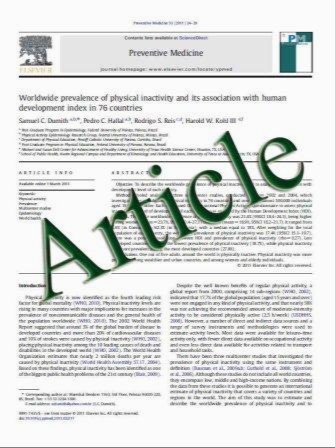Overexpression of HER2 signaling to WAVE2–Arp2/3 complex activates MMP-independent migration in breast cancer
- نوع فایل : کتاب
- زبان : انگلیسی
- مؤلف : Mayumi Yokotsuka Keiichi Iwaya Tsuyoshi Saito Atanasio Pandiella Ryoji Tsuboi Norio Kohno Osamu Matsubara Kiyoshi Mukai
- چاپ و سال / کشور: 2010
Description
The final signal for triggering the formation of lamellipodia that initiate directional migration of mammalian cells is binding of the Wiskott–Aldrich syndrome (WASP)/WASP family verproline-homologous protein 2 (WAVE2) to the actin-related protein 2 and 3 (Arp2/3) complex. This WAVE2–Arp2/3 signal is suggested to be enhanced in some breast cancers, facilitating invasion, and/ or metastasis. Here, we demonstrated one cause of the enhanced signal using four breast cancer cell lines (SKBR3, AU565, MCF7, and MDA-MB-231). The WAVE2–Arp2/3 signal was estimated semi-quantitatively by counting the number of lamellipodia expressing both WAVE2 and Arp2 using high-power confocal laser microscopy. Higher expression of the WAVE2–Arp2/3 signal was detected in SKBR3 and AU565, which have HER2 gene amplification, than in the other two cell lines that lack HER2 gene amplification. Trastuzumab suppressed both the formation of lamellipodia and migration in a Boyden chamber experiment in SKBR3 and AU565. When the HER2 gene was transfected into MCF7, the number of both lamellipodia and migrated cells was increased. This enhancement of migration did not occur in the presence of extracellular matrix, and zymographic analysis showed no clear difference between HER2 gene-transfected cells and MCF7 cells. Immunohistochemical analysis of 115 cases of breast cancer revealed that coexpression of WAVE2 and Arp2 was significantly correlated with HER2-overexpression (P\0.0001). These data indicate that an abnormal signal resulting from HER2 gene amplification activates lamellipodia formation in breast cancer cells, which initiates their metalloproteinase-independent migration.
Breast Cancer Res Treat (2011) 126:311–318 Received: 18 February 2010 / Accepted: 10 April 2010 / Published online: 24 April 2010 Springer Science+Business Media, LLC. 2010


